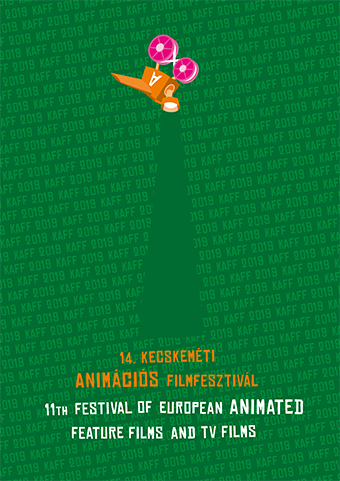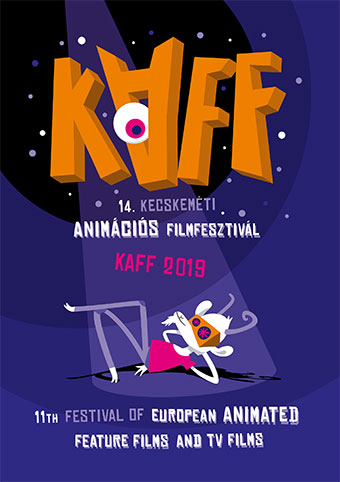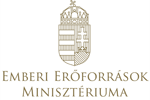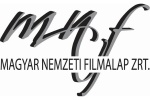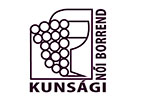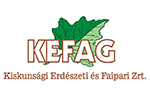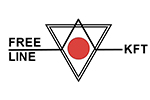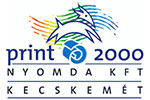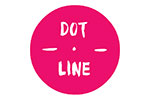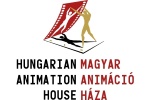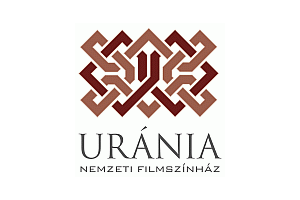Interview with Tamás Gergely Kucsera
Tamás Gergely Kucsera:
KAFF is known as one of the best festivals
According to Tamás Gergely Kucsera, secretary of the Hungarian Academy of Arts, Hungarian animation should take a path different from the ‘70’s-’80s: those paths are gone, though there will be always new ones, “waiting to be discovered”. He claims, however, that rich traditions should be preserved in the new political and economic environment, with the support of the most promising national projects.
Hungarian animation production of the ‘70s’80s was a thing to be proud of. The films of Jankovics, Dargay, Ternovszky and Rófusz have not only received international acclaim, but also gained popularity in Hungary. Under the direction of György Matolcsy H., Pannonia Film Studio was known as one of the world’s five largest animation companies. Compared to that, today’s opportunities are quite limited, as well as the range of Hungarian animation products. Do you believe in the return of the “animated golden age”, or is it a dream not worth pursuing?
About the first question: animation training in Hungary is very strong, with excellent international professional network: the Moholy-Nagy University of Arts (MOME) is a great example. Also, state funding like the Hungarian Media Patronage Programme of the National Media and Infocommunications Authority; and the Hungarian National Film Fund helps the creators. I do not recommend chasing these dreams. The world has changed both politically and technologically. The world of politics is not polarized anymore, like in the Soviet era, where genres crossing the borders were funded by the state to justify its legitimacy. Modern tools made in the last forty years completely changed the animation world, including formation, the existence of studios and effective work. Today, animation professionals are trained by universities, not by prestigious colleagues and the artistic community as it was the case of Pannonia. Softwares allow for fast and effective individual work. We face an entirely new situation, from all perspectives. This must be acknowledged. For example, I could bring up one of our meetings in China, when we referred to the market audience of the approximately 15 million Hungarians in the Carpathian Basin. The Chinese partners responded with their 130 million viewers, only for their first tier of audience in their city and its agglomeration. The tenfold of ours. You don’t need an economic degree to estimate how more economical is to reach one person in China than in Hungary. Which leads to cheaper workforce at several points of the world, and these products – even with dubbing – are considerably cost less for Hungarian televisions or cinema franchises. In terms of ratings, what we consider continental success in Europe is a flop in China. They don’t even care about it.
Furthermore, Hungarian television and cinema audience habits have also changed: in the ‘70s and ‘80s, a film premiere was a real “event”. A film was screened for weeks in a cinema, usually with two or three films of other genre, not to mention television: the only single channel with its half-day broadcast duration concentrated and raised viewing ratings. Today, we live in a huge cavalcade; and artworks must stand out from this multitude.
Should we put our hands up then?
I wouldn’t recommend that either. We should only avoid challenging the industry giants, it would only lead to failure.
Great names of Hungarian animation complain about receiving barely 56% of film government funds, which they find inadequate. Do you agree with them?
I know the numbers about the inner rations, but the Hungarian Academy of Arts is not responsible for these resources – and it is not my style to pry into other authorities. Rather, I would talk about our efforts for Hungarian animation.
I am listening.
We work in tandem with Tamás Kollarik, the director of Hungarian Media Patronage Programme. We help artists to get to international festivals or film markets. Last year, in Annecy, we had booths for 25 Hungarian studios. In the last five years, we have been to Hiroshima, Tehran, Beijing, Los Angeles, the Milan EXPO and Barcelona, among others. Thus we helped representatives of Hungarian animation. The two nongovernmental organizations’ cooperation is regularly supported by MOME, or the National Film Fund. It is good to see that we have causes which inspire many for broad and lasting cooperation, it is good to be a part of it. In 2015, with Tamás Kollarik we initiated a conference and exhibition for the 100th anniversary of Hungarian animation. It was organized in the Academy’s headquarters building, the Pesti Vigadó; supported by Academy president Marcell Jankovics, and Kecskemétfilm CEO Ferenc Mikulás. We published a conference book, translated into different languages. For our Iranian visit, it was translated into Persian. We also presented the book on Hungarian animation in Israel, with screenings, in order to make it more popular across borders.
We also announce tenders and distribute scholarships; in collaboration witn the Fund’s Film Institute, we restore and digitize films. Our research institute curated and published a volume on the history of Hungarian animation. We organize retrospective screenings in the Vigadó and other venues nationwide. Furthermore, the Film and Photography Section of the Academy started a series of screenings, evoking the greatest memories of the past. And of course, we are among the sponsors of the Kecskemét Animation Film Festival. Last but not least, we assisted in Ferenc Rófusz’s filmThe Last Supper, which has been planned for 40 years. We also contributed to the book on the history of the Kecskemét studio.
I would like to emphasize that we made a book of interviews with animators. Its editors are: MOME’s rector József Fülöp, and Tamás Kollarik, member of the Media Council. If everything goes smoothly, the book will be available at 2019’s KAFF.
Do you think there will be a new Jankovics or Rófusz from the young generation?
It is not just me, but international festivals also recognize Hungarian talents. Outstanding examples are Réka Bucsi and our academic scolarship winner Péter Vácz. Though, thankfully, there are many others...
Since you have mentioned international festivals, where KAFF would be ranked?
The Kecskemét festival is known as one of the best festivals. I encourage everyone to come to Kecskemét, the Hírös (“famous”) City. They won’t regret it.
(interview with Tamás Gergely Kucsera made by Gábor Borókai)



